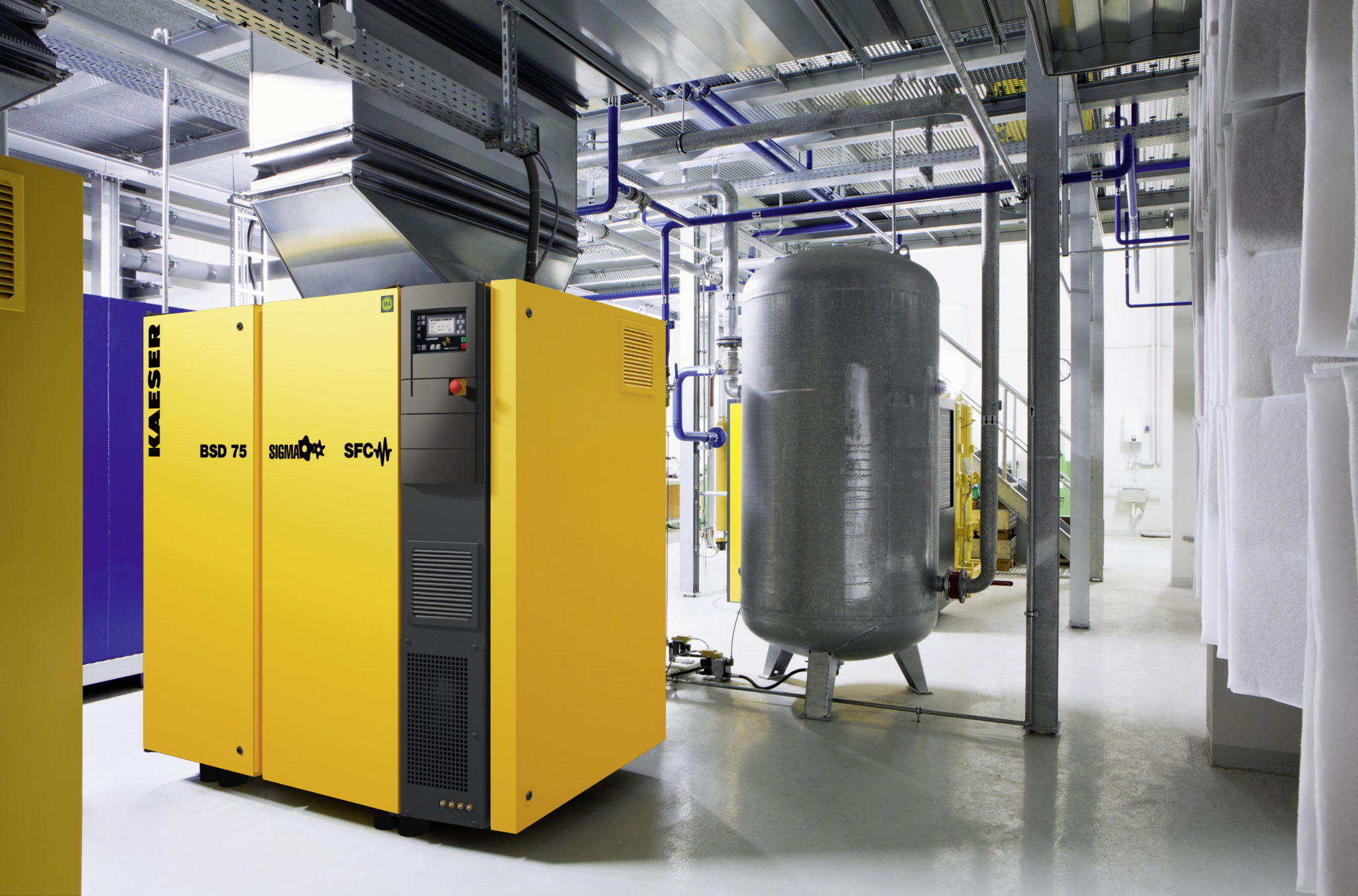
The typical manufacturing organisation has always kept operations and information technology quite separate. By information technology we mean every part of the business system which creates, processes, stores and transmits company data.
While operations technology is the stuff which runs machines, factory or logistics systems and environmental control. This was typically a very disparate software environment with bespoke or proprietorial software used for individual machines, or sets of machines.
This differed from the information technology infrastructure which tended to focus on at most a handful of operating systems and saw the benefit of interconnected and interoperable systems.
Security was guaranteed by keeping control systems unconnected to each other and to the information infrastructure.
But Internet of Things technology is increasingly bringing these two worlds together.
There will be challenges to bringing such a disparate environment onto one platform, or at least something which acts as one platform.
Firstly organisations must ensure they do not lose the security benefits of a disconnected systems. Creating one, inter-connected system hugely increases risks from cyber espionage and malware attacks – security must be built in from the start, not added on at the end of projects.
But despite the risks industrial users are increasingly seeing the benefits of creating such systems. By making proper use of data which is already being created, if not always exploited, manufacturers can radically increase efficiencies and cut maintenance costs.
As IoT sensors and devices continue to fall in price the challenge is making best use of the data collected.
Rather than push all that information to a central data centre would put unnecessary stress on networks and storage systems.
Research from IDC supports Hewlett Packard Enterprise’s prediction that most data collected by IoT systems will be processed at the edge of networks. IDC expects 45 per cent of IoT data to be processed, stored and acted upon at the edge by 2019. Just like our own physical reflexes we need systems which react quickly and automatically. This will allow systems to react in real-time and not just analyse historic data.
Once the data is collected various forms of automation and artificial intelligence can bring radical improvements to product life cycle and time to market for new services.
Platforms like HPE’s Edgeline make it much easier to run and manage data from various sources.
Making best use of the data also opens up the opportunity to change how the business functions, not just speed up its existing functions.
German air compressor firm Kaeser Kompressoren has used IoT sensors to shift its business from selling hardware to selling services. The company now offers customers the choice of buying hardware outright or renting ‘air-as-a-service’ because it can track systems and predict downtime before it happens.
Building on such a system could allow a manufacturer to use augmented reality systems to provide engineers with additional sensor data, or ‘walk-through’ maintenance guides, while they are on the factory floor.
Manufacturing, energy production and distribution are shifting to a more digital focus. There are specific challenges which were not faced by other industries which have already experienced the digital revolution. But most are now recognising the benefits and also seeing the risks of ignoring the next industrial revolution.






